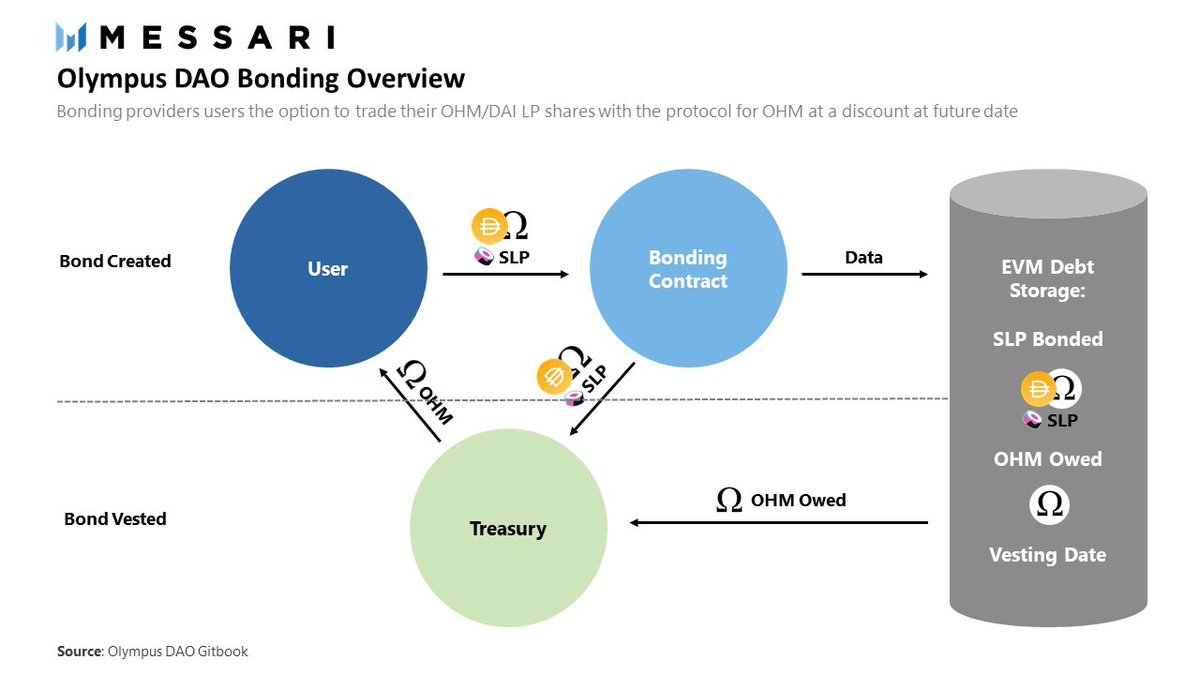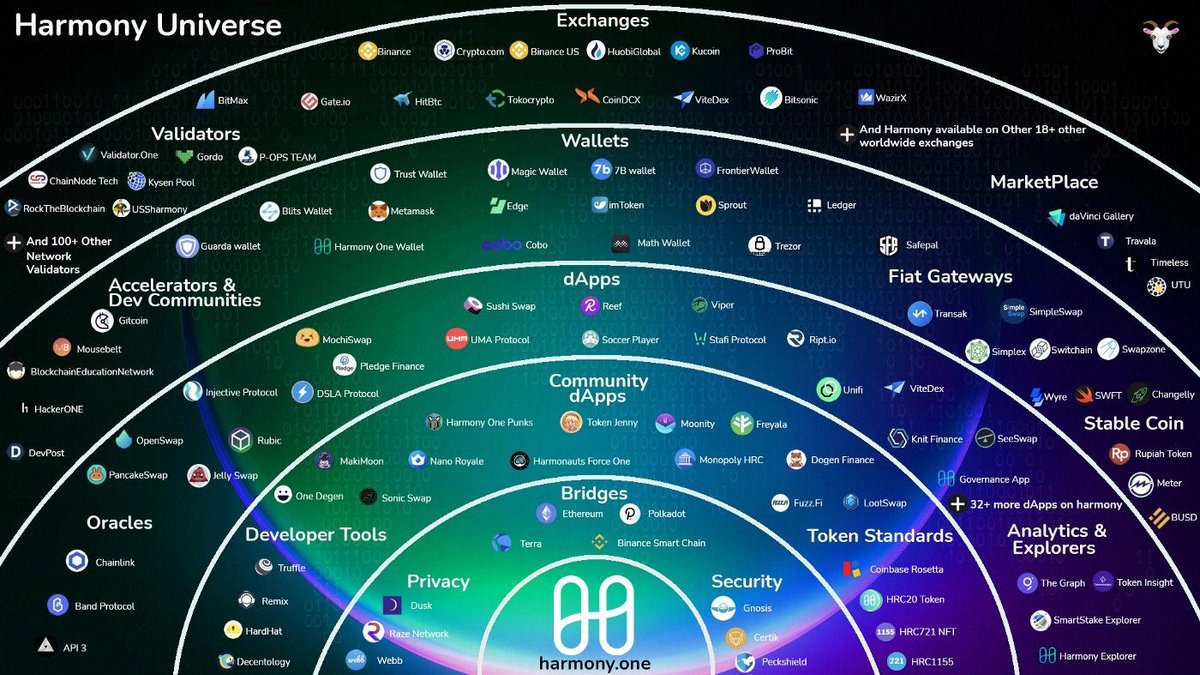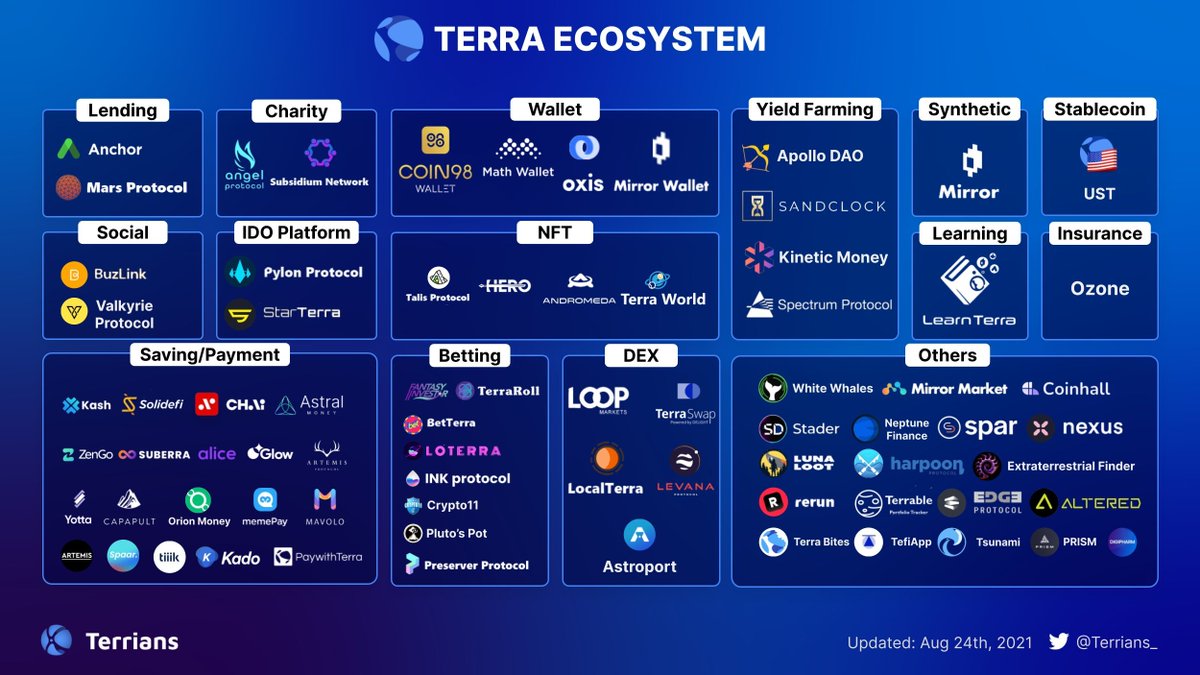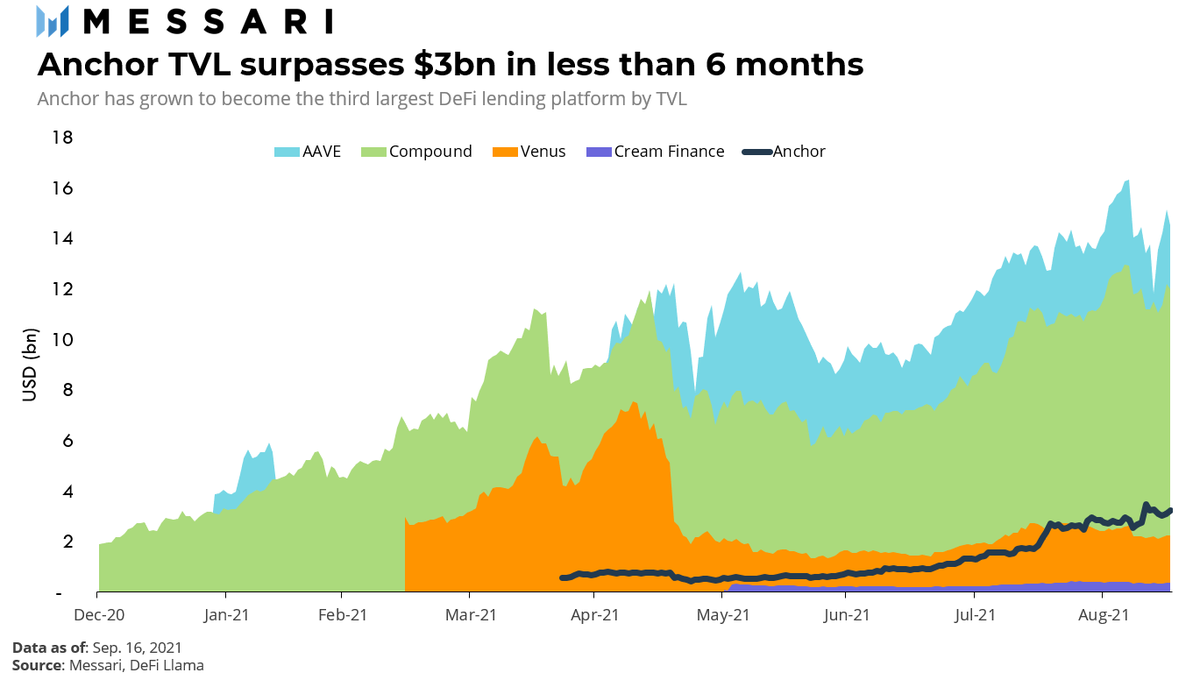
1/ Perhaps the most polarizing project in recent memory, @OlympusDAO is an attempt to create a decentralized reserve currency through the management of a treasury of assets.
Within 7 months, it has accumulated >$400M in treasury assets, and has rocketed to over $3B market cap.
Within 7 months, it has accumulated >$400M in treasury assets, and has rocketed to over $3B market cap.

2/ @OlympusDAO has also garnered controversy over its tokeneconomics - specifically its bonds & treasury.
Simply stated, bonds are a mechanism for Olympus DAO to accumulate assets by selling $OHM at a discount.
This mechanism has helped accumulate 99% of its liquidity on-chain.
Simply stated, bonds are a mechanism for Olympus DAO to accumulate assets by selling $OHM at a discount.
This mechanism has helped accumulate 99% of its liquidity on-chain.

3/ @OlympusDAO aims to replicate the growth of Bitcoin, but with the key difference that it will accrue treasury as it grows.
This will provide intrinsic value to $OHM in addition to a monetary premium, but will also allow it to conduct more effective monetary policy at scale.
This will provide intrinsic value to $OHM in addition to a monetary premium, but will also allow it to conduct more effective monetary policy at scale.

• • •
Missing some Tweet in this thread? You can try to
force a refresh
















